Your One-Stop Shop for Everyday Essentials & Unique Finds
Best Time for Dog Walks: Navigating the 'Before or After Eating' Debate
So, you're wondering when the best time is to walk your dog around mealtime. It's a question a lot of dog owners ask, and honestly, there's a bit of back and forth on it. Some folks swear by walking before they eat, others after. It really comes down to what's best for your furry friend, considering their digestion and overall well-being. We'll break down the pros and cons to help you figure out the best routine for your pup.
Key Takeaways
- Walking your dog before a meal can help burn energy and engage their natural instincts.
- Waiting at least 30 minutes to an hour after a meal before walking can help prevent serious issues like bloat.
- Puppies often need to go potty shortly after eating, so short walks or yard time right after meals can be beneficial for training.
- Breed, age, and the type of food your dog eats all play a role in determining the best walk-eat schedule.
- Observing your dog's individual cues and establishing a consistent routine is key to their comfort and health.
The Great Debate: Before or After Meals?
So, the big question on every dog parent's mind: should Fido hit the pavement before or after their chow time? It's a topic that sparks a lot of chatter, and honestly, there's no single 'right' answer that fits every pup. But understanding a few key things about your dog's insides can help you make the best choice for your furry friend.
Understanding Your Dog's Digestive Clock
Dogs, just like us, have their own internal rhythms. Their digestive system kicks into gear when food arrives, and this process can influence how they feel and act. Think about it – after a big meal, you probably don't feel like running a marathon, right? Your dog is similar. Their body is busy processing nutrients, and intense activity right after eating isn't ideal.
The Gastrocolic Reflex: A Natural Urge
Ever notice your dog needing to do their business pretty soon after eating? That's often thanks to something called the gastrocolic reflex. Basically, when food enters the stomach, it signals the intestines to get ready to move things along. This natural urge means that a walk might be more about potty breaks than vigorous exercise, especially if they've just eaten.
Puppy Potty Training and Post-Meal Walks
For those of you with little puppies still learning the ropes of potty training, timing is everything. Many puppies have a strong urge to relieve themselves after eating. This is a prime time to reinforce good habits! A short, gentle walk or trip to the yard right after a meal can be super helpful in teaching them where to go. Just keep it calm; no zoomies right after dinner for the little ones!
It's all about tuning into your dog's natural processes. A little patience and observation go a long way in figuring out what works best for your unique pup and their tummy.
The Case for Pre-Meal Strolls

Reducing the Risk of Bloat
Taking your dog for a walk before they eat can be a smart move, especially when it comes to preventing that uncomfortable and potentially dangerous condition known as bloat. When dogs are super excited and then immediately eat a big meal, especially after some vigorous activity, their stomachs can fill with air. This can lead to a serious issue called Gastric Dilatation-Volvulus (GDV), where the stomach twists. A good walk beforehand helps burn off some of that energy, making them calmer when it's time to eat. It's like letting off a little steam before the main event.
Engaging Natural Instincts
Think about it – in the wild, dogs would often hunt or forage for their food. A walk before a meal taps into that natural drive. It gets their bodies moving and their minds working, simulating that ancestral quest for sustenance. This can make mealtime more satisfying for them and can even help curb any anxious behaviors that might pop up when they're just waiting around for food. It’s a way to let them be a dog!
A Morning Ritual for Energy
Starting the day with a walk is a fantastic way to get your dog's energy flowing. It's a chance for them to explore, sniff around, and get their daily dose of exercise. This pre-breakfast stroll can set a positive tone for the entire day, helping them feel more settled and less restless. Plus, for us humans, it’s a great way to get our own steps in and enjoy some fresh air before the day gets too busy. A happy, tired dog is often a well-behaved dog.
Here’s a simple way to think about the timing:
- Morning Walk: Aim for this before your dog’s first meal of the day.
- Breakfast: Serve their food after the walk.
- Post-Meal Rest: Allow a good break before any strenuous activity.
This routine helps manage their energy levels and supports their digestive health, making for a more relaxed and enjoyable day for both of you.
The Importance of the Post-Meal Pause
The '30-Minute Rule' Explained
So, your dog just finished their yummy meal, and you're thinking about heading out for a walk. Hold on a sec! Many vets and dog experts suggest waiting a bit after your furry friend eats. This isn't just some arbitrary rule; it's all about helping their tummies do their best work. Think of it as giving their digestive system a little breathing room.
The general idea is to wait at least 30 minutes after a meal before engaging in strenuous activity like a walk. For smaller meals or snacks, this might be enough. However, for larger meals, especially for certain breeds, a longer pause might be even better. Some recommend waiting up to an hour or even two to three hours after a big dinner. It really depends on your dog and what they ate.
Here’s a quick guide:
- Small Meal/Snack: Wait at least 30 minutes.
- Medium Meal: Aim for 1 hour of rest.
- Large Meal: Consider a 2-3 hour break.
Preventing Gastric Dilatation-Volvulus (GDV)
This is a big one, and it's why the post-meal pause is so important. GDV, often called bloat, is a serious and potentially life-threatening condition where a dog's stomach fills with gas and can twist. When a dog exercises vigorously right after eating, especially with a full stomach, it can increase the risk of this twisting. Imagine your stomach sloshing around – it's not a good feeling, and for dogs, it can be incredibly dangerous.
Certain breeds, like deep-chested dogs (think Great Danes, German Shepherds, and Boxers), are more prone to GDV. While we can't change our dog's breed, we can take steps to minimize risks. A calm period after eating is one of the simplest yet most effective ways to help protect them.
Allowing for Proper Digestion
When your dog eats, their body gets to work breaking down all that good food. This process requires blood flow to the stomach and intestines. If you immediately take them for a brisk walk, your dog's body has to divide its energy between digestion and muscle activity. This can slow down digestion and make your dog uncomfortable. Giving them time to relax allows their body to focus on efficiently processing their meal, absorbing nutrients, and preparing for their next potty break. It’s all about supporting their natural bodily functions for a happier, healthier pup!
Factors Influencing the Best Time
So, when is the absolute best time to walk your dog around mealtime? Well, it's not a one-size-fits-all answer, and a few things can sway the decision. Think of it like planning your own day – sometimes you're ready to hit the gym before breakfast, and other days, you need a little fuel first. Our furry friends are similar!
Breed Predispositions and Risks
Some dog breeds are just more prone to certain tummy troubles, like bloat (also known as Gastric Dilatation-Volvulus or GDV). Deep-chested breeds, such as Great Danes, Weimaraners, and Standard Poodles, tend to be at a higher risk. For these pups, being extra careful about when they exercise around meals is a really good idea. Waiting a bit longer after they eat, or opting for a walk before their meal, can help reduce the chances of this serious condition.
Food Type and Digestion Time
What's in their bowl matters! A big meal of dry kibble might take longer to digest than a smaller portion of wet food. Foods with higher fat content or those that are heavily processed can also affect how quickly your dog's system gets to work. Generally, larger meals or richer foods mean you'll want to allow more time for digestion before heading out for a romp. Smaller, easily digestible snacks might not require as long a waiting period.
Here's a quick guide:
- Small Snack: Wait about 30 minutes.
- Small Meal: Aim for at least 1 hour.
- Medium to Large Meal: Give them 2-3 hours to settle.
Your Dog's Age and Energy Levels
Little puppies are still learning the ropes and often need more frequent potty breaks, especially after eating. For them, a short walk shortly after a meal can be a great training opportunity. On the flip side, senior dogs might have slower digestion or less energy, so shorter, gentler walks might be better suited, and timing them thoughtfully around meals can help prevent discomfort. An energetic young dog might benefit from a good walk before their meal to burn off some steam, making them calmer during and after eating.
Crafting the Perfect Walk-Eat Schedule
Alright, let's talk about making your dog's day flow just right, balancing those important walks with their meals. It's all about finding a rhythm that keeps your furry friend happy and healthy. Think of it like planning your own day – a little structure goes a long way!
Morning Routines for Happy Pups
Starting the day off right sets a positive tone. For most adult dogs, a good morning walk before breakfast is a fantastic way to get their energy out and their minds stimulated. This can help prevent them from being too antsy around mealtime. Puppies, especially, often need to go potty shortly after waking up and again after eating, so a quick morning stroll can be a lifesaver for house-training.
- Wake up and potty break: First thing, let them out to do their business.
- Morning walk: A brisk walk to get the wiggles out.
- Breakfast time: Then, it's time for their well-deserved meal.
- Post-meal rest: Allow at least 30 minutes to an hour before any vigorous play.
Evening Walks and Dinner Timing
As the day winds down, the evening routine is just as important. Many dogs benefit from a walk before their dinner. This helps them work up an appetite and can also be a good time to practice some training cues. Just like in the morning, giving them a little time to settle after eating is key. A common guideline is to wait at least 30 minutes, but for larger meals or breeds prone to bloat, waiting an hour or even longer is a smart move.
Here’s a general idea for meal and walk timing:
| Meal Type | Recommended Wait Time After Eating |
|---|---|
| Small Meal/Snack | 30 minutes |
| Regular Meal | 1 hour |
| Large Meal | 1.5 - 2 hours |
Listening to Your Dog's Cues
While schedules are helpful, the most important thing is to pay attention to your individual dog. Some dogs get really restless if they don't walk before eating, while others are perfectly content. Watch for signs like excessive panting, pacing, or whining. If your dog seems uncomfortable or overly eager around meal times, it might be a sign to adjust your walk-eat timing. Every dog is different, and what works for one might not work for another. Your dog will often tell you what they need if you just take the time to observe them.
Remember, consistency is great, but flexibility is also a virtue when it comes to your dog's well-being. Don't be afraid to tweak the schedule based on your dog's behavior and energy levels.
Beyond the Meal: Other Walk Considerations
We've talked a lot about the timing of walks around meals, and that's super important for your dog's tummy. But walks are about so much more than just digestion, right? There are other things to think about that can make your dog's walking routine even better.
Weather Wonders and Walk Times
Let's be real, some days are just plain miserable outside. On those scorching summer afternoons or freezing winter mornings, you've got to be smart about when you head out. A good rule of thumb is to walk during the cooler parts of the day – think early morning or late evening when the sun isn't beating down. Pavement can get incredibly hot, and that can really hurt your dog's paws. Always do the 'five-second test': if you can't hold your hand on the pavement for five seconds, it's too hot for your dog's feet.
- Summer: Aim for early morning or late evening walks. Watch out for heatstroke signs like excessive panting and drooling.
- Winter: Keep walks shorter if it's icy or extremely cold. Consider a dog coat for short-haired breeds and booties if your dog tolerates them.
- Rainy Days: A little rain is fine, but heavy downpours might mean a shorter walk or some indoor playtime instead.
Hydration and Post-Walk Care
Just like us, dogs need to stay hydrated, especially after a good walk. Always make sure fresh water is available when you get back. For longer treks or on warm days, consider bringing a portable water bowl and some water for your dog. After the walk, it's also a good time to give your dog a quick once-over. Check their paws for any cuts or debris, especially if you've been on rough terrain. A quick brush can also help remove any burrs or dirt they picked up.
The Joy of Consistent Routines
Dogs thrive on predictability. While you're figuring out the best meal-walk schedule, try to keep things as consistent as possible day-to-day. This helps your dog feel secure and understand what's coming next. A regular routine can also help with potty training and reduce anxiety. Even if you have to adjust the exact timing now and then, sticking to a general pattern makes a big difference in your dog's overall happiness and well-being. Consistency is key to a happy, well-adjusted pup!
Establishing a routine isn't just about feeding and walking; it's about building a predictable rhythm for your dog's day. This structure helps them feel safe and reduces stress, making them more likely to be calm and content.
So, When's the Best Time?
Alright, so we've talked a lot about when to walk your furry friend around mealtime. It can feel a bit tricky, right? But honestly, the biggest takeaway is just to pay attention to your own dog. They'll give you clues! Whether it's a quick potty break before breakfast or a relaxed stroll after dinner, the most important thing is that you're both getting that quality time together. Keep those tails wagging and enjoy every walk, no matter the timing!
Frequently Asked Questions
Is it better to walk my dog before or after they eat?
It's generally a good idea to walk your dog before feeding them. This can help prevent a serious condition called bloat, where the stomach fills with gas and can twist. Waiting at least 30 minutes after a walk to feed your dog, or waiting about an hour after feeding before a walk, is recommended to give their stomach time to settle.
Why is waiting after a meal important for dog walks?
After a dog eats, their stomach is full of food and needs time to digest. If they exercise too soon after eating, especially with vigorous activity, it can increase the risk of their stomach twisting, a life-threatening condition known as Gastric Dilatation-Volvulus (GDV). A little rest after eating allows for smoother digestion.
Can walking my dog before eating cause any problems?
While walking before eating is often safer, some dogs, especially very energetic ones, might experience low blood sugar (hypoglycemia) if they exercise on a completely empty stomach. Also, a hungry dog might be more likely to eat something harmful they find on the ground during their walk. It's about finding a balance that works for your dog.
Does the type of food affect when I should walk my dog?
Yes, it does! Foods that are harder to digest, like dry kibble, mean you should wait longer after feeding before walking your dog. Wet food digests more quickly, and raw food is usually the easiest to digest. So, the type of food can influence how long you need to wait.
Are some dog breeds more at risk when it comes to walk and meal timing?
Absolutely. Larger breeds with deep chests, like Great Danes or German Shepherds, are more prone to bloat and GDV. For these dogs, it's especially important to be careful with meal and exercise timing, often requiring longer waiting periods after eating.
What is the 'gastrocolic reflex' and how does it relate to walks?
The gastrocolic reflex is a natural body response where eating food triggers the urge to poop because it moves waste already in the intestines along. This is why many dogs, especially puppies, need to go to the bathroom shortly after eating. A short walk or trip outside right after a meal can help them with this natural urge.
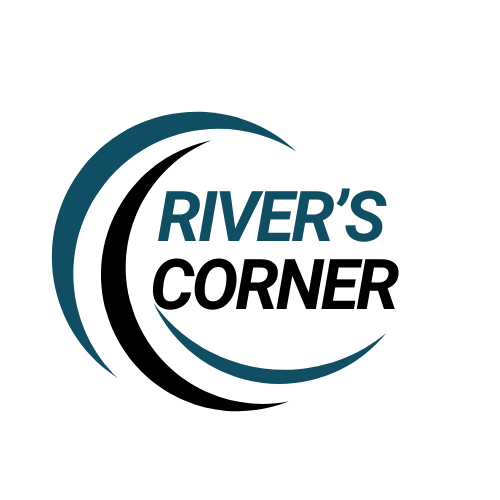
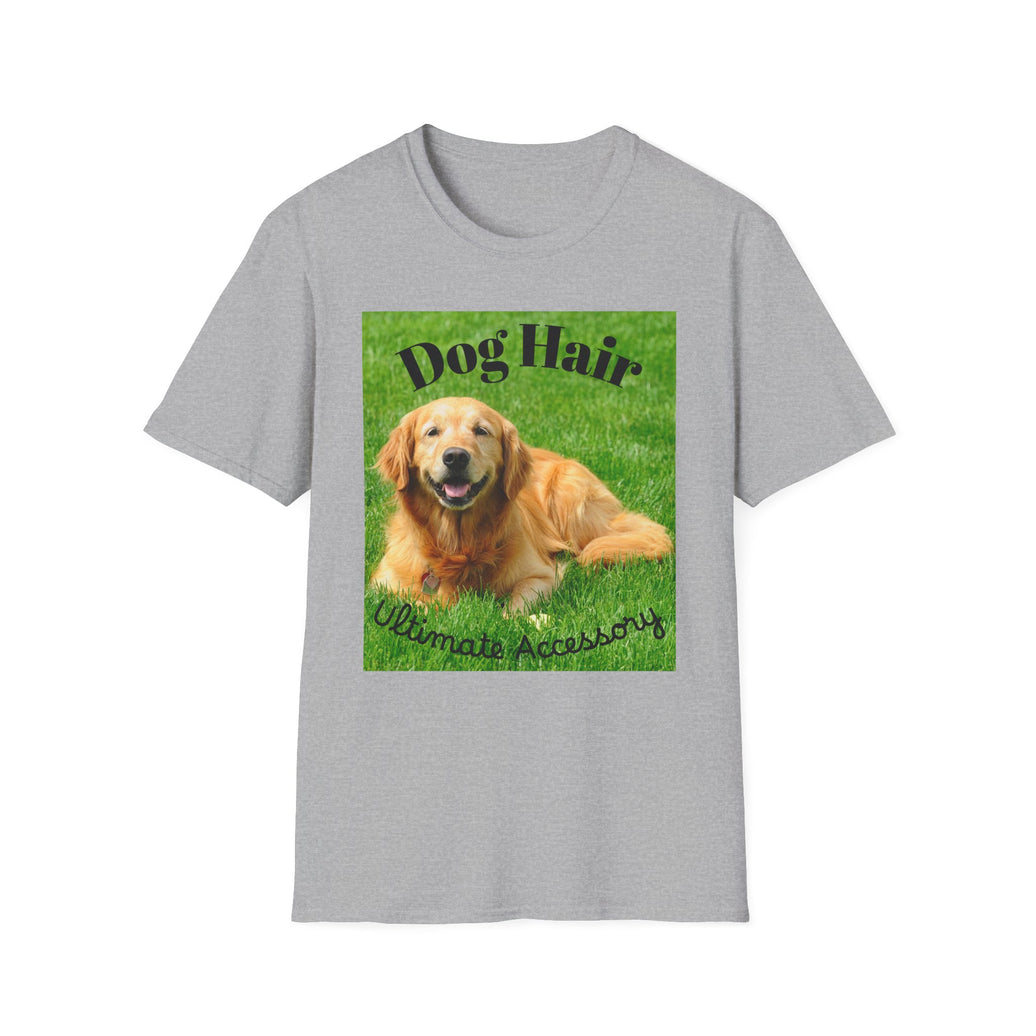
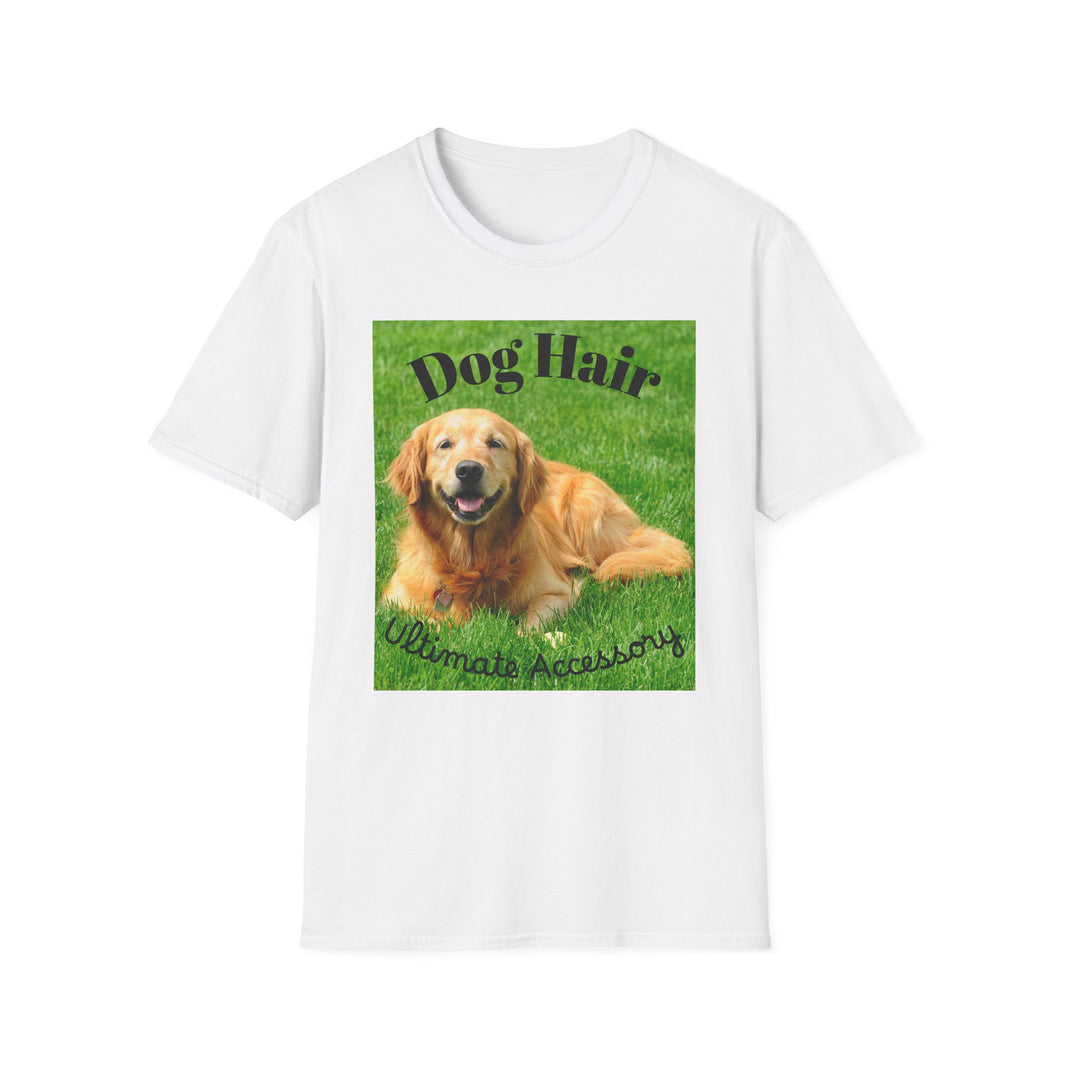
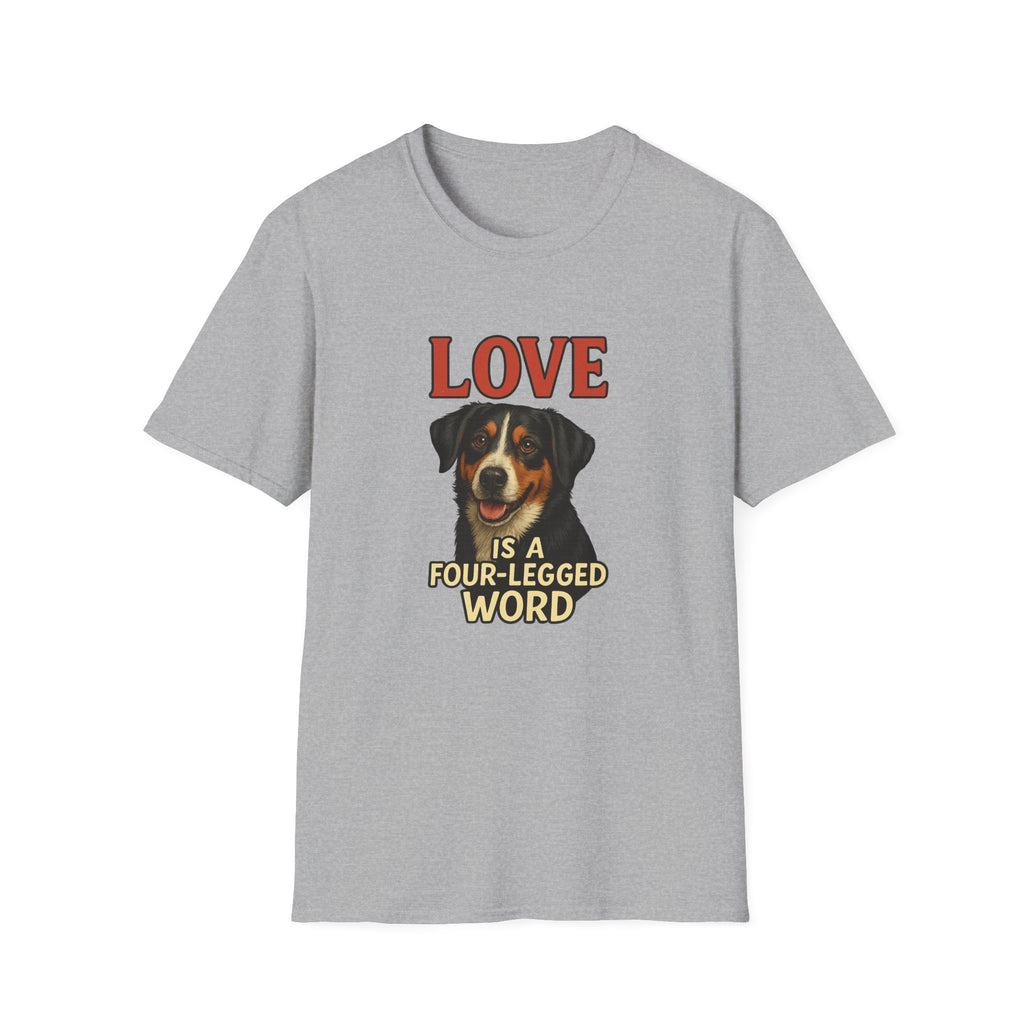
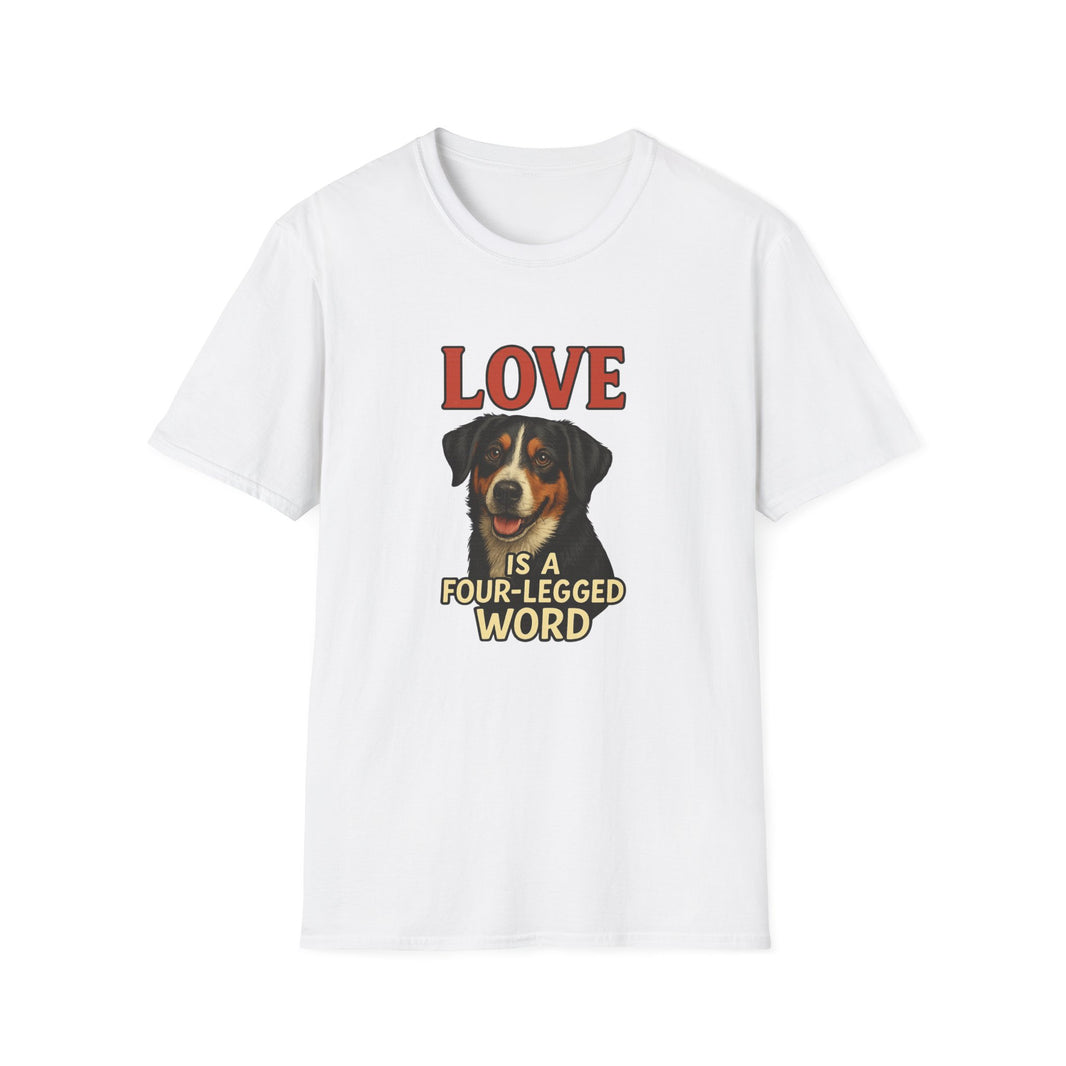
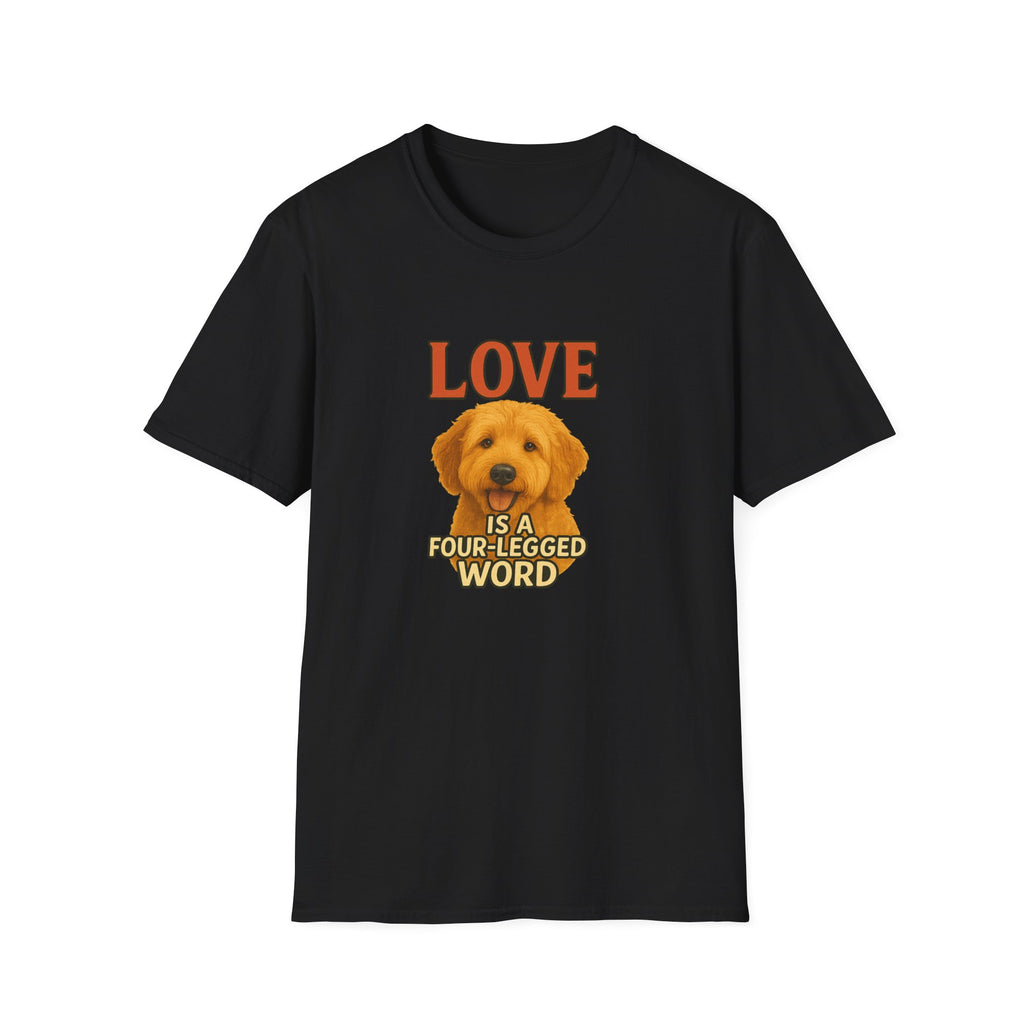
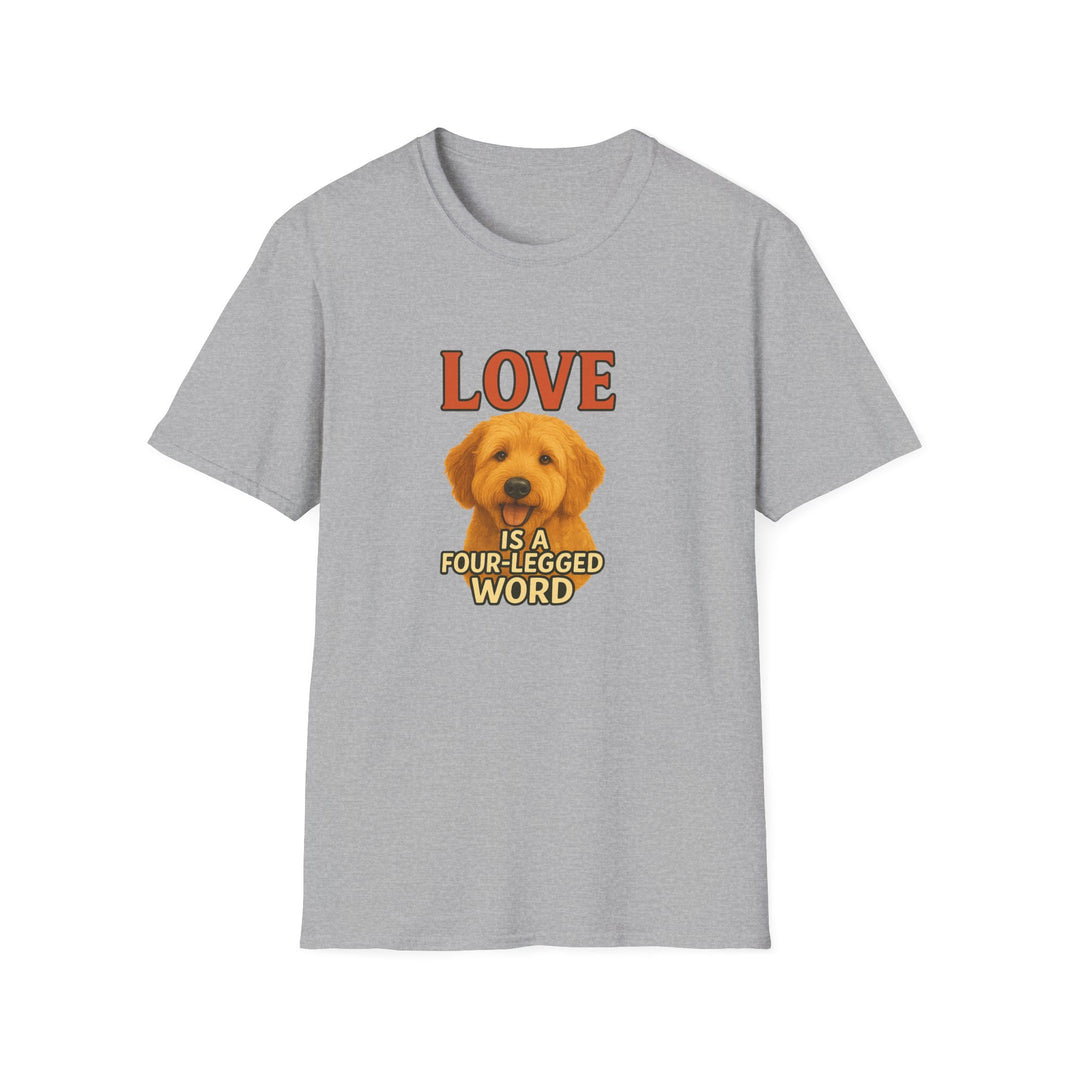
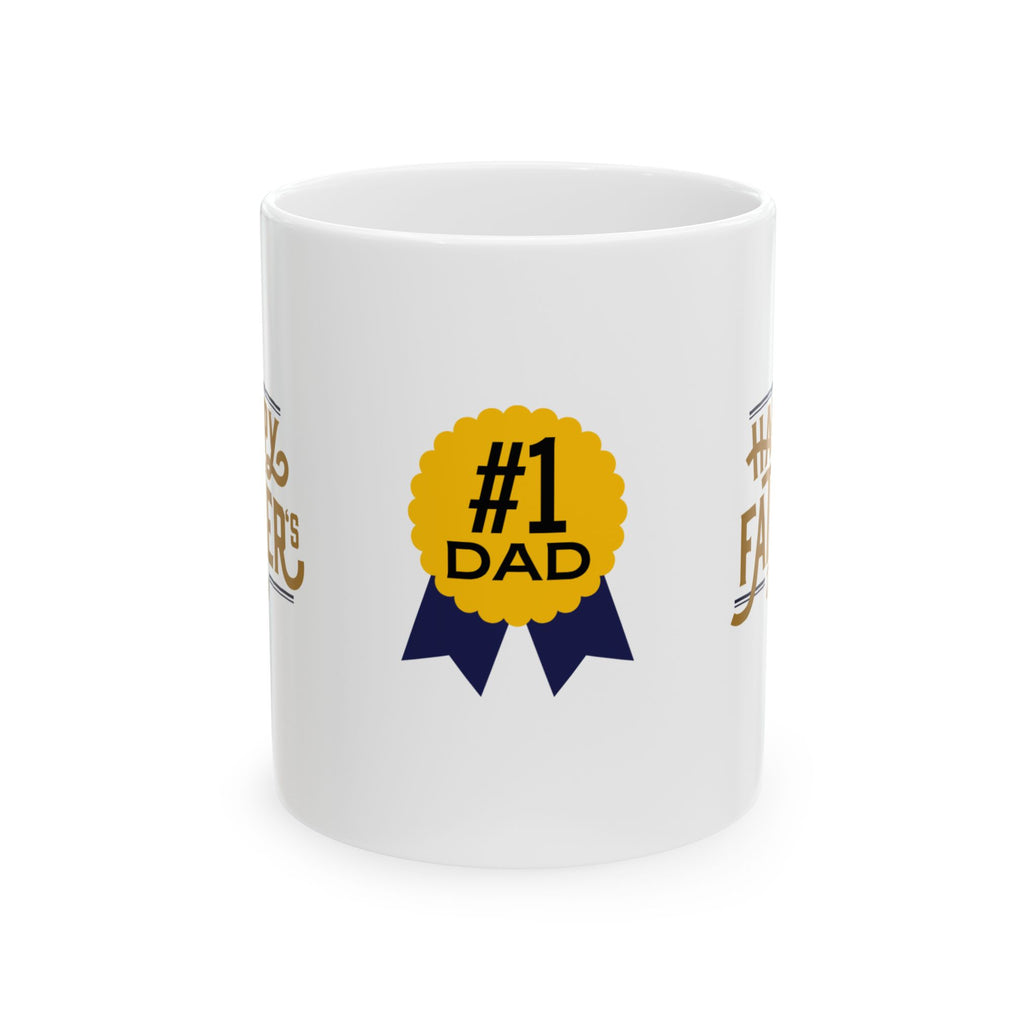
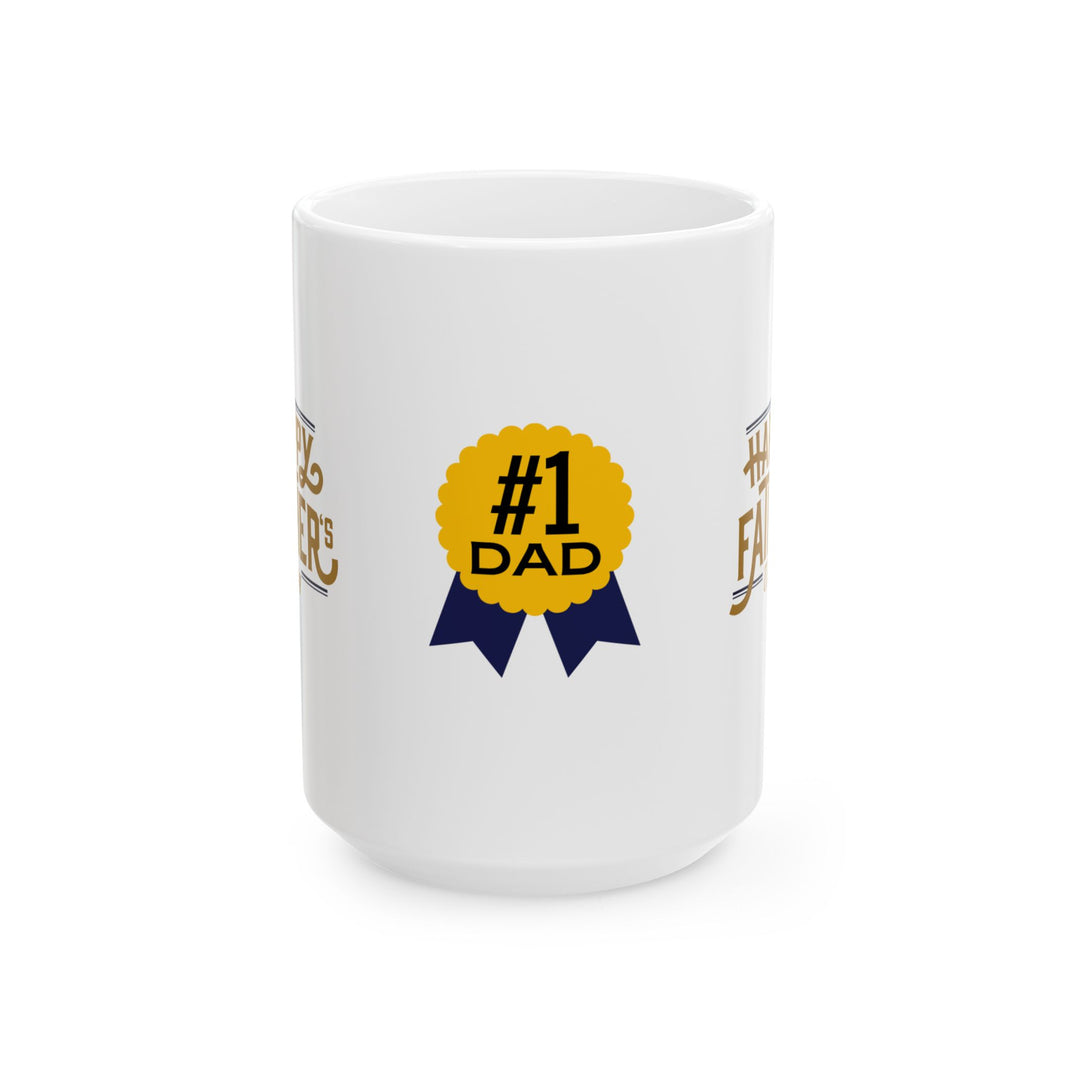
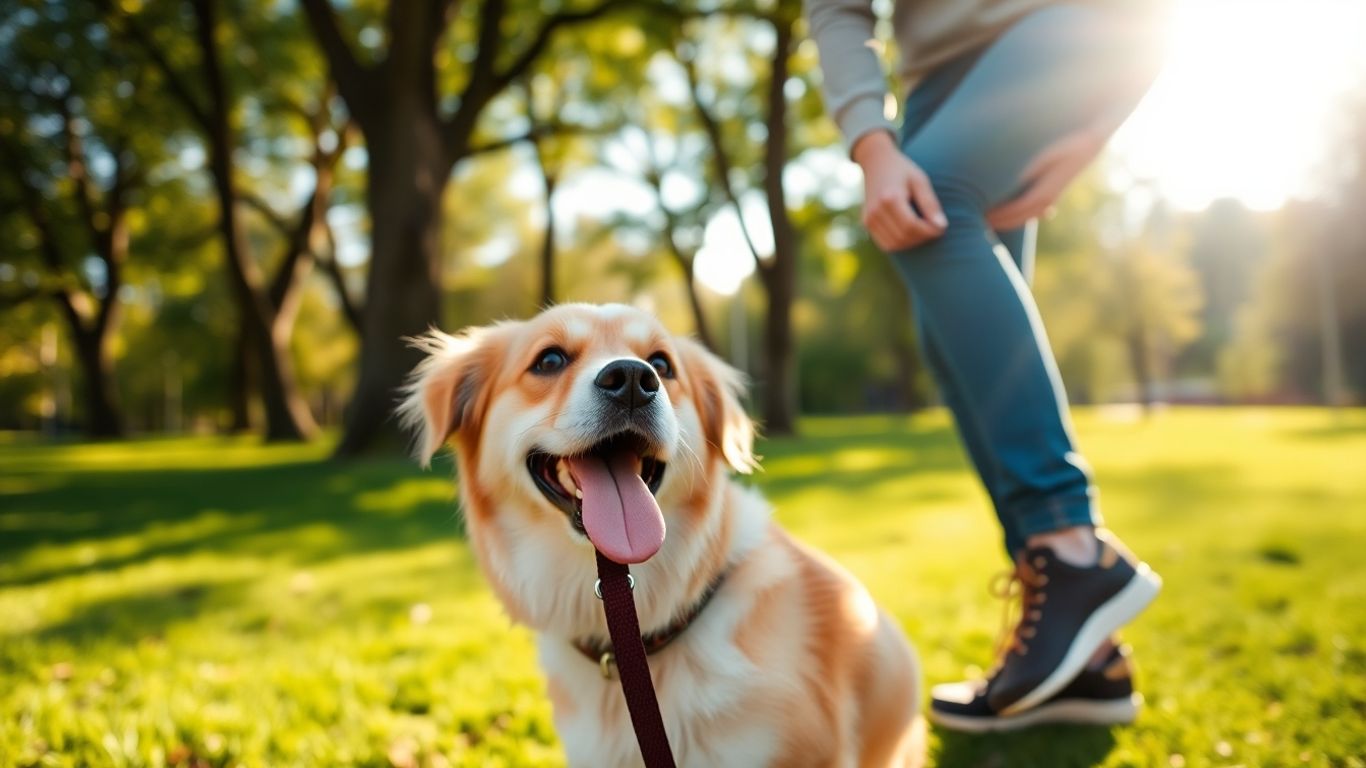
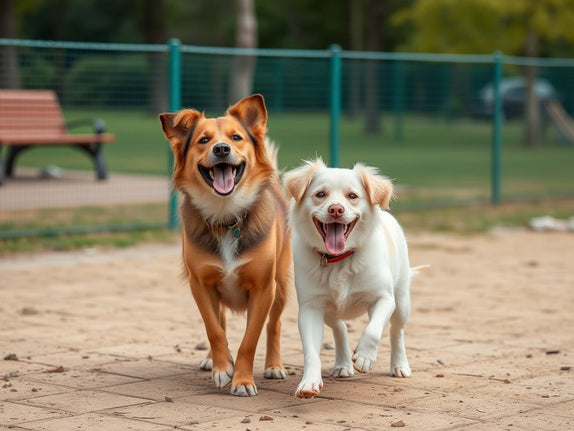
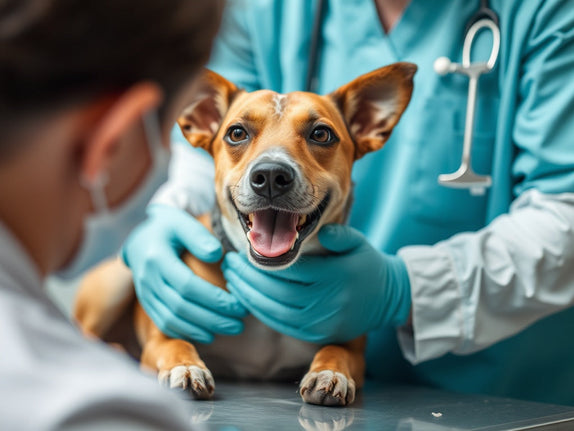
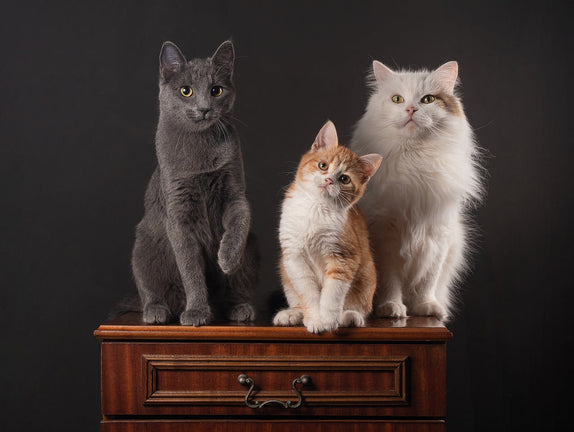
Leave a comment